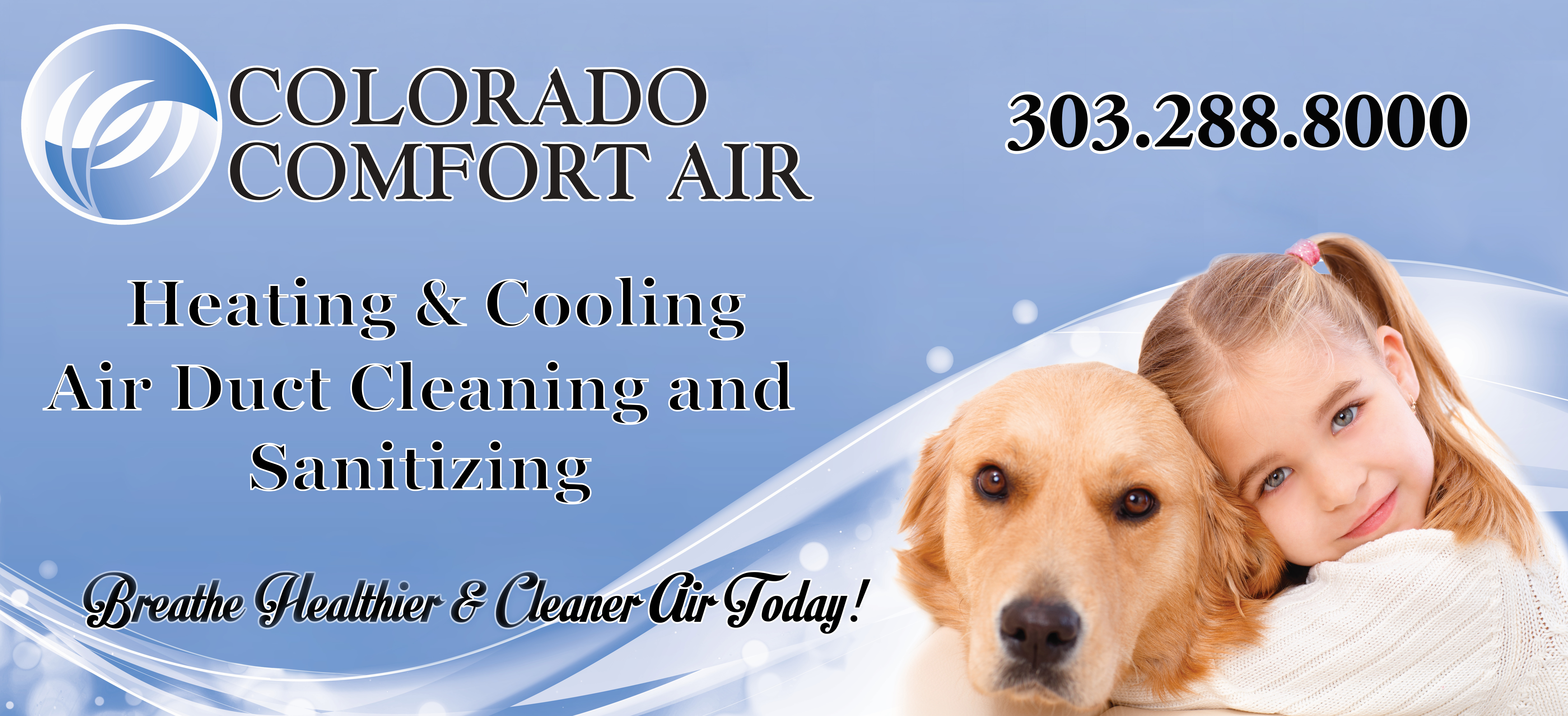This leads to poor air distribution across the evaporator coil, reducing the effective evaporator surface area. The following complications result: poor heat transfer-leading to coil frosting, and reduction of the unit capacity.
Probable Cause:
Blocked evaporator coil (debris in front of fan or evaporator).
Fan rotation.
Excessive room or case relative humidity.
Case temperature set too low.
Faulty or wrong evaporator pressure regulator setting-set below 28°F saturation.
Faulty hot gas defrost solenoid.
Length of defrost time inadequate.
Evaporator fan speed set too low.
Inadequate automatic defrost.
Remedy:
Check, clear and clean evaporator blockage.
Provide sufficient dehumidification equipment, relocate the unit, or check usuage.
Adjust thermostat or regulator.
Repair or reset EPR setting.
Repair or replace the hot gas defrost solenoid.
Increase the length of defrost time.
Increase the evaporator fan speed.
If there is no defrost cycle and room or space temperature is 36° to 40°F, chances are that the saturated suction temperature of the coil is 30°F or less. Air defrost should be utilized:
- Install defrost timers.
For room or case below 36°F, the saturated suction temperature is approximately 26°F or lower; therefore, rapid coil frosting will occur.
- Positive defrost system is required (gas or electric.)
